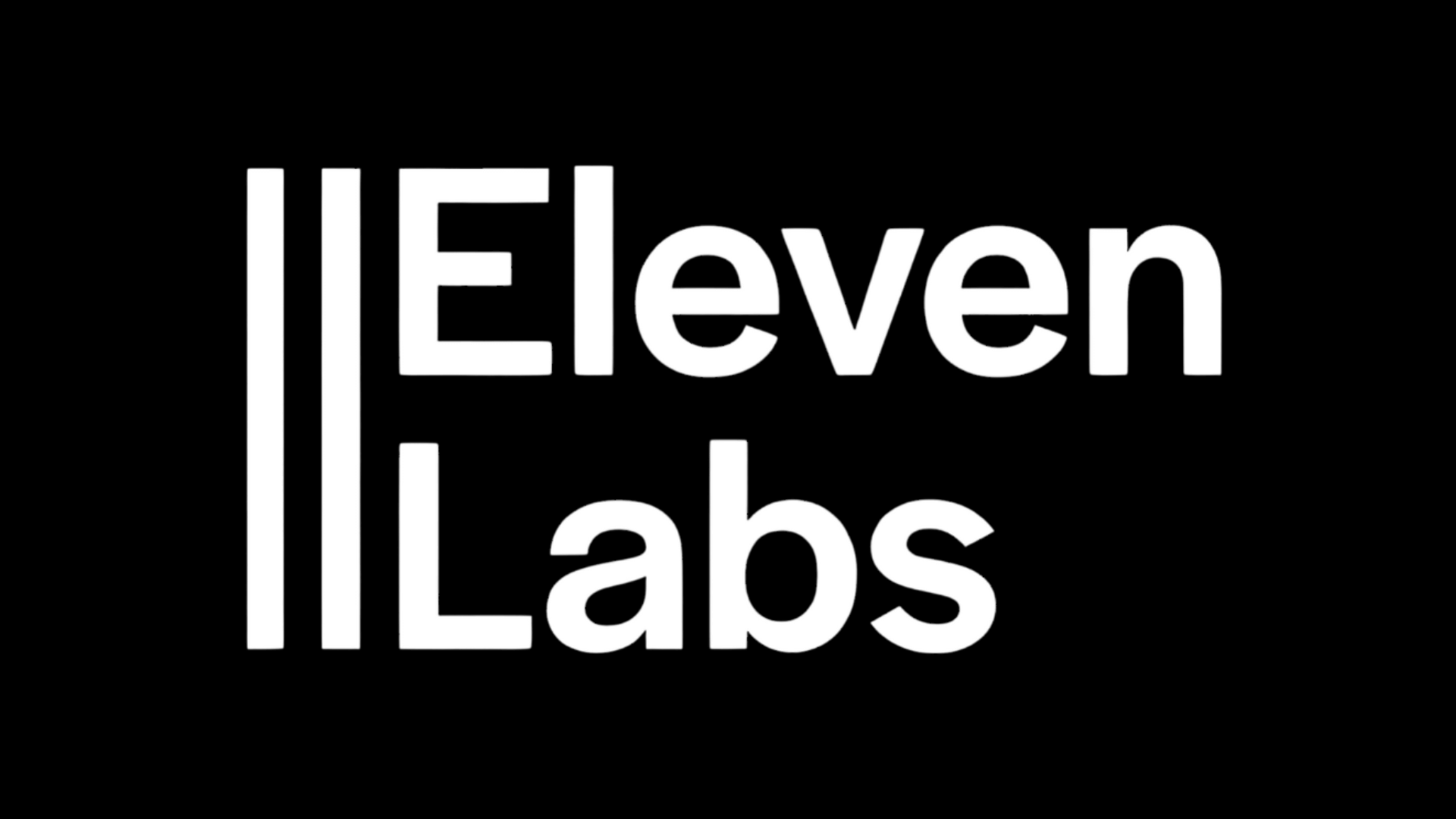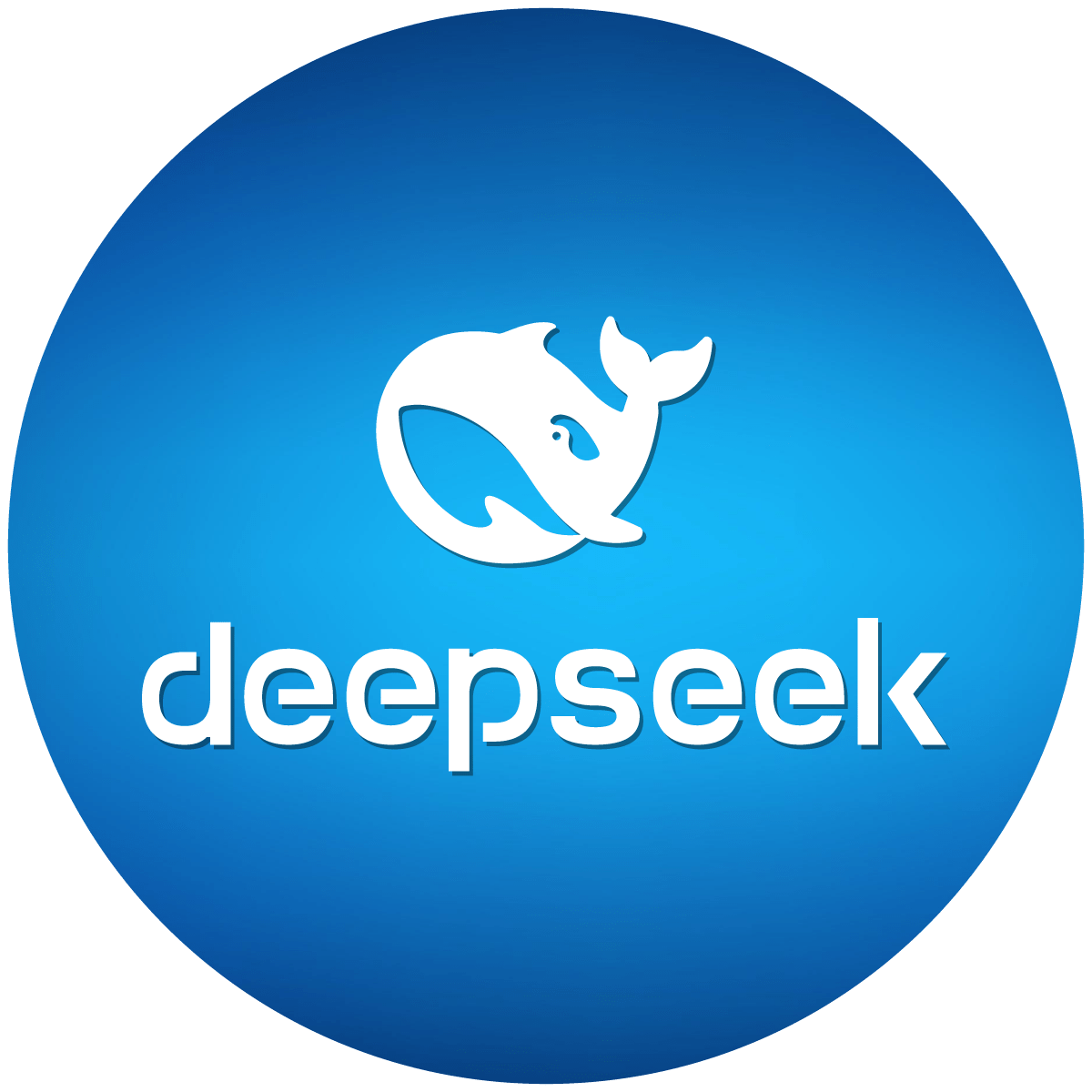

Generative AI Showdown Gemini Ultra vs Claude 3.5 Performance Benchmarks
In the rapidly evolving landscape of generative AI, two titans have consistently vied for dominance: Gemini Ultra and Claude 3.5. As the realm of artificial intelligence expands, the capabilities, applications, and performance of these systems are under constant scrutiny. In this head-to-head showdown, we’ll delve into how these generative AI models stack up against one another, examining their performance benchmarks, strengths, and challenges. Whether you’re an AI enthusiast or a professional in the tech industry, understanding these facets will illuminate the future of AI-driven solutions.
Gemini Ultra is a product of DeepMind (a subsidiary of Alphabet Inc.), known for pushing the boundaries of AI research. This advanced iteration focuses on multi-modal learning, allowing it to process and generate images, text, audio, and more. By leveraging a vast dataset and cutting-edge neural architectures, Gemini Ultra aims to provide unmatched capabilities in creative and analytical tasks.
Developed by Anthropic, Claude 3.5 emphasizes safety and alignment alongside performance. Renowned for its ability to produce human-like text with a high degree of contextual awareness, Claude 3.5 has been designed to minimize biases and maximize alignment with human values. With a focus on intricate dialogue understandings, it's a strong contender in scenarios requiring empathy and ethical considerations.
Benchmarking Methodology
To assess the capabilities of these models, several performance benchmarks were established, focusing on key areas such as text generation, contextual understanding, creative synthesis, and ethical considerations. Each model’s performance was evaluated using standardized test datasets and real-world scenarios to provide comprehensive insights.
Performance Analysis
Text Generation
In text generation, Gemini Ultra exhibits remarkable creativity and coherence, delivering nuanced narratives with fluid sentence structure. Its multi-modal capabilities enhance its storytelling, as it can seamlessly incorporate visual and audio elements into narratives, offering a more immersive experience.
Claude 3.5 excels in generating contextually aware and ethically sound text. Its responses demonstrate a strong understanding of nuanced dialogue and intention, making it particularly effective in customer support and advisory roles where empathy and clarity are paramount.
Contextual Understanding
Gemini Ultra
With its focus on multi-modal integration, Gemini Ultra interprets complex inputs by drawing correlations across different data types. This holistic approach aids in contexts like virtual assistant roles where diverse information streams converge.
Claude 3.5
Claude 3.5 shines with its depth of contextual understanding, especially in text-heavy interactions. Its rigorous training on dialogue and ethical guidelines allows it to handle intricate discussions, offering insights that are aligned with societal norms and values.
Creative Synthesis
Gemini Ultra
In creative tasks, Gemini Ultra’s ability to innovate across various domains stands out. From composing music to generating art, its multi-modal expertise empowers it to produce output that is both original and inspiring, catering to artistic and content creation fields.
Claude 3.5
While primarily text-focused, Claude 3.5 demonstrates an impressive ability to mimic human creativity in writing. Its narratives are rich and imaginative, augmented by its capacity to model human emotions and scenarios with depth and authenticity.
Ethical Considerations
Gemini Ultra
Gemini Ultra’s approach to ethical AI revolves around controlled datasets and defined parameters, aiming to minimize adverse outputs. It consistently generates content that aligns with pre-set guidelines.
Claude 3.5
Ethical considerations are at the heart of Claude 3.5's design. Its robust filters and alignment strategies ensure that outputs remain consistent with a wide array of ethical guidelines, reducing biases and fostering trust in sensitive applications.
Challenges and Future Outlook
As powerful as Gemini Ultra and Claude 3.5 are, challenges persist. Bias mitigation, real-time contextual updates, and scalability remain persistent issues that both systems strive to navigate. Moreover, as AI systems become more integrated into daily life, accountability and transparency in AI decision-making are increasingly pivotal.
Moving forward, both DeepMind and Anthropic are likely to refine these models with a continuing focus on safety, ethics, and enhanced creative abilities. The future of generative AI lies in harmonizing cutting-edge technology with deep-rooted ethical foundations, ensuring these tools become trusted companions in human endeavors.
Conclusion
The showdown between Gemini Ultra and Claude 3.5 showcases the incredible strides made in generative AI. Each system has its unique strengths, tailored to different applications and user needs. Whether it's the multi-modal genius of Gemini Ultra or the ethically-aligned brilliance of Claude 3.5, the future of AI is arguably as promising as it is complex, promising advancements that will redefine the possibilities of human-machine collaboration.
As researchers and developers continue to break new ground, the evolution of these AI systems will undoubtedly transform industries and everyday life, setting the stage for an era where AI is not just a tool, but a partner in innovation.
Stay tuned for more in-depth comparisons and insights as we explore the frontiers of AI technology and its revolutionary impact on our world.
Support our work by sharing on multiple social platforms. Join our community







